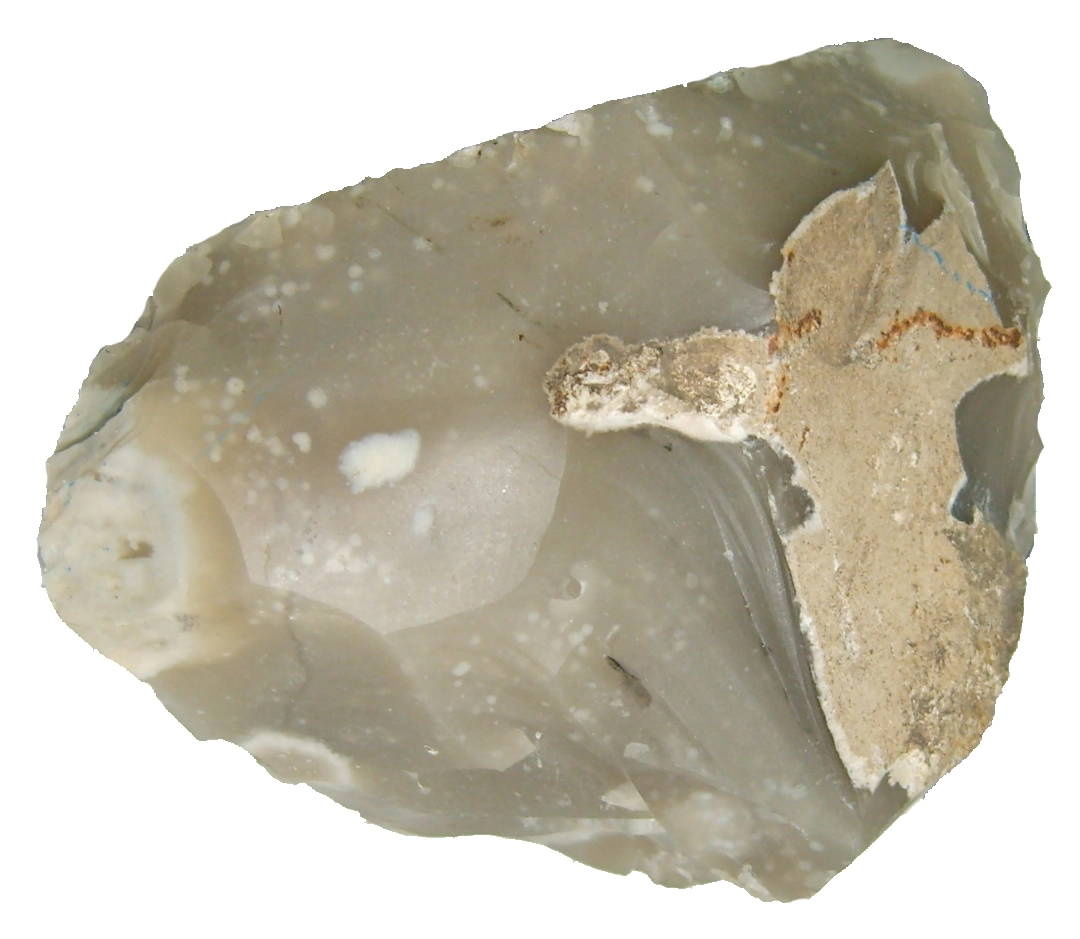Properties of Flint
Flint is a hard, sedimentary rock composed mainly of microcrystalline quartz. It is known for its ability to produce sparks when struck against steel or another hard material. This property has made flint historically valuable for starting fires and creating tools like knives and arrowheads.

The following table provides a list of flint properties in both SI and US customary/Imperial units at normal temperature and pressure (NTP).
Click on the button to switch between Metric and Imperial units.
| Physical Properties | Metric |
|---|---|
| Density | 2500 - 2800 kg/m3 |
| Mechanical Properties | Metric |
| Young’s Modulus (E) | 73 GPa |
| Compressive Strength | 216 MPa |
| Hardness (Mohs) | 7 |
| Thermal Properties | Metric |
| Thermal Conductivity | 3.5 W/m·K |
Unless stated otherwise, all values are taken at room temperature (approximately 20°C or 68°F) and 1 atm pressure. (1 atm = 101,325 Pa)
References: 1) Cardarelli, François. Materials Handbook: A Concise Desktop Reference. Switzerland: Springer International Publishing, 2018. 2) CRC Handbook of Chemistry and Physics, 97th Edition. United Kingdom: CRC Press, 2016-2017. 3) A.M. Howatson, P.G. Lun, J.D. Todd, P.D. Engineering Tables and Data. United Kingdom: University of Oxford, Department of Engineering Science, 2009. 4) Stone: Building Stone, Rock Fill and Armourstone in Construction. United Kingdom: Geological Society, 1999.
